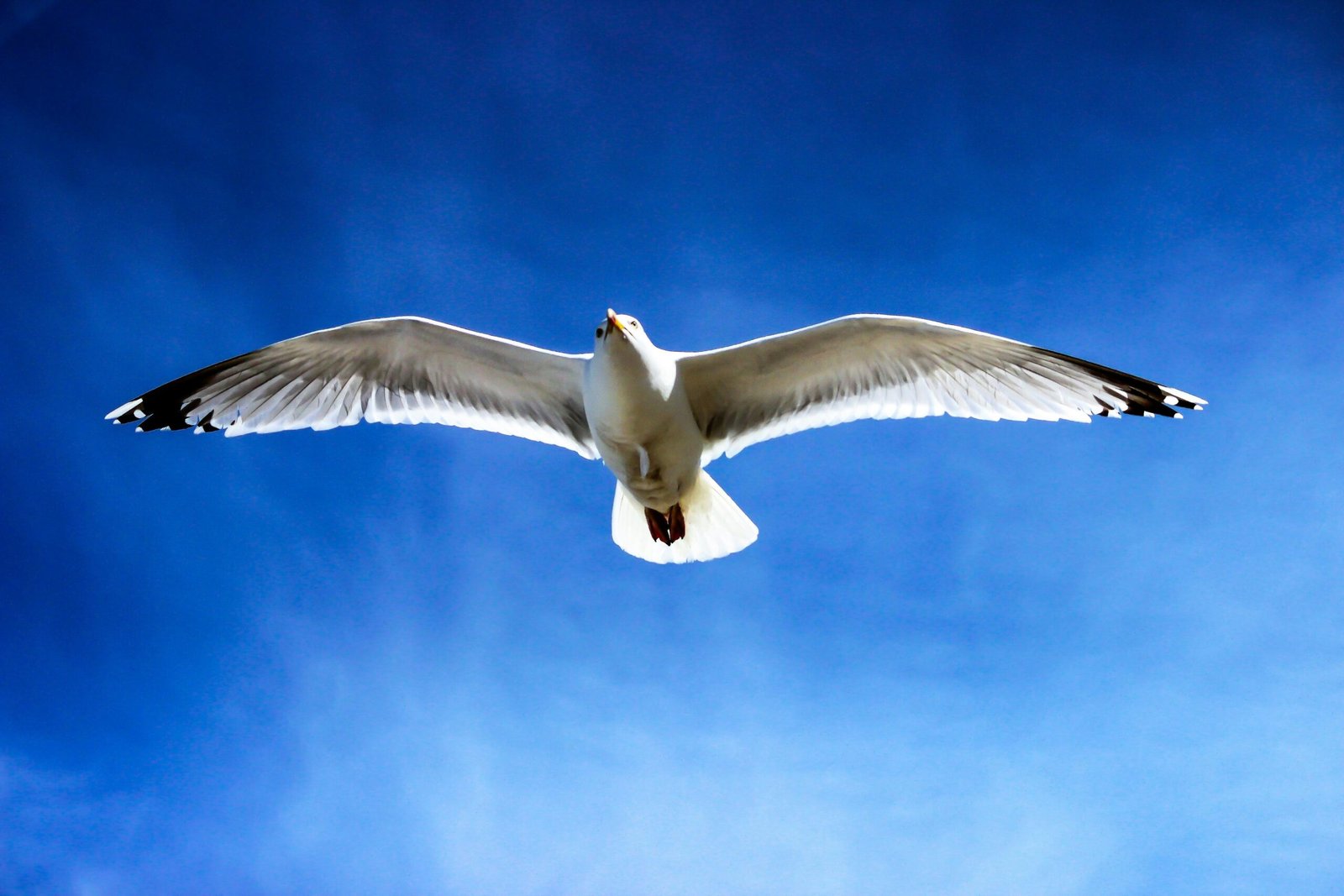Photo Credit (Pixabay)
Despite the bitterly cold winter months, a Newfoundland national park was teeming with tourists eager to witness a very uncommon visitor.
One of the biggest predators on the planet, Steller’s sea eagles are indigenous to Russia, Korea, and Japan. With a wingspan of 7.8 feet, it must have traveled hundreds of miles to reach Newfoundland.
Thanks to Sandra Moss (Instagram @YQXSandra), Steller’s sea eagle
Photographer Sandra Moss, who had heard the bird was spotted nearby, took her camera on a boat ride in Newman Sound in Terra Nova National Park. She and her husband saw nothing from the boat’s gunwales, but upon returning in their car, they spotted the magnificent animal perched atop a pine tree.
In a Monday interview with CBC, she stated, “I can’t explain how exciting it is.” The knowledge that that bird has selected us is an amazing sensation. That is the sensation.
“He would probably take you and the pet, and I wouldn’t have wanted to hold anything in my arms when he was there.”
These birds have occasionally been sighted along the eastern seaboard of Canada and even the United States, despite the visitor’s great vagrancy. Last year, the Newfoundland and Labrador Birdwatching Group posted on Facebook that a Steller’s sea eagle was nesting in neighboring Trinity Bay.
FOR A LIFE LIST ENTRY, HOW ABOUT THIS? The first-ever sighting of a mega-rare blue rock thrush in US history was recorded on an Oregon beach.
Five days prior to Christmas, a Steller’s sea eagle was drawing birdwatchers to Boothbay Harbor, Maine, but by January 16th, it had flown all the way to Denali, Alaska, according to a GNN report from the previous year.
The identical bird had been spotted across Canada that summer, according to a report at the time from NPR.
Additional RARE VISITS: A 600-year-old UK stork that became extinct has been spotted in the English skies: “It was an excellent sign.”
This fish-eater is usually 25% larger than a bald eagle, and they are easier to follow since their feather markings can differ from one individual to the next.
Many comments on Terra Nova National Park’s Facebook post on the vagrant’s arrival mentioned earlier sightings, implying that this year’s guest is one from prior years.




